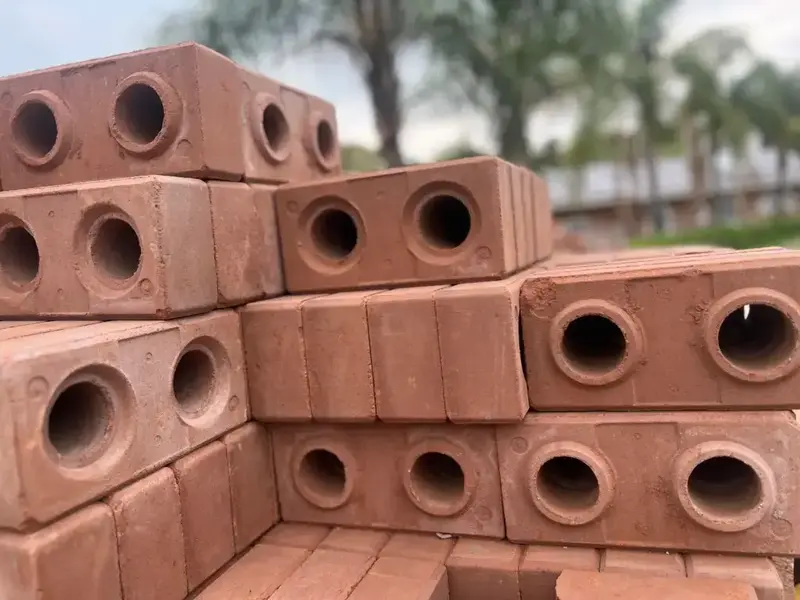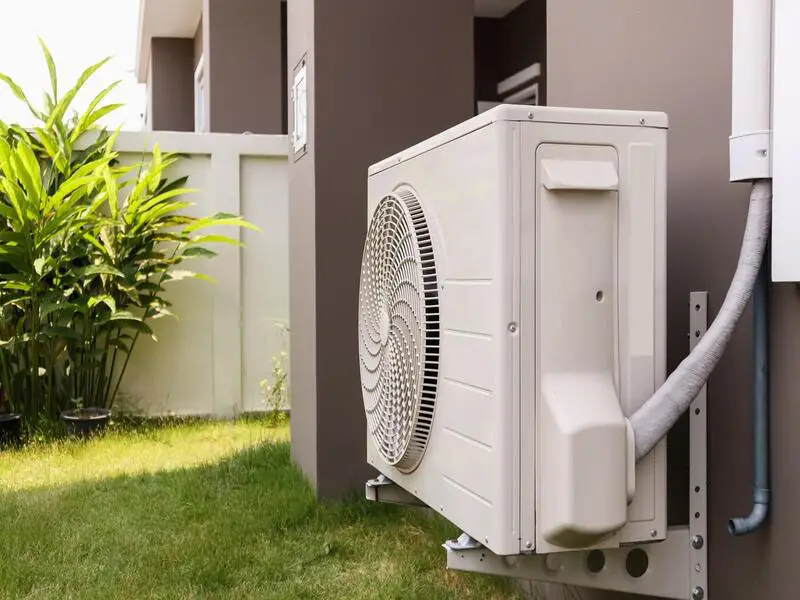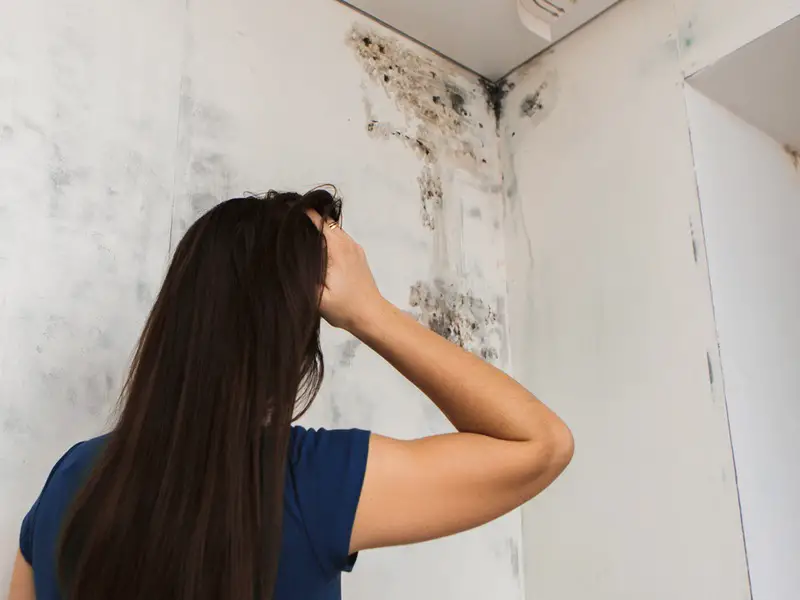Water is a precious resource and increasingly scarce in many parts of the world. However, we often use water wastefully in our homes. Fortunately, there are several measures that can be taken to save water at home and contribute to the preservation of this important natural resource. In this article, we will present some practical tips to help you save water at home.
Fix Leaks
Fixing leaks is an essential step in conserving water at home. Water leaks can cause significant wastage of this precious resource, and even a small leak can waste a lot of water over time. Therefore, it’s crucial to regularly check for leaks in your home’s faucets, showers, and toilets.
Leaking faucets are a common issue that can result in substantial water loss if left unattended. A dripping faucet can waste up to 20 gallons of water per day, which adds up to a lot of water over time. To fix a leaky faucet, you may need to replace a worn-out washer or O-ring. It’s best to call a plumber if you’re unsure how to fix the problem.
Showers can also be a significant source of water wastage if they’re not functioning correctly. You should check your showerheads for leaks and ensure that they’re not dripping when turned off. If your showerhead is leaking, you may need to replace the washer or the entire showerhead.
Toilets are another common source of water leaks. A leaking toilet can waste up to 200 gallons of water per day, which is a significant amount of water wastage. To check if your toilet is leaking, you can add food coloring to the tank and wait for a few minutes. If the colored water appears in the toilet bowl, your toilet is leaking. To fix a leaking toilet, you may need to replace the flapper valve or the entire toilet.
In summary, fixing leaks is an essential step in conserving water at home. By regularly checking your faucets, showers, and toilets for leaks and fixing them promptly, you can significantly reduce water wastage in your home. Not only will this save water, but it will also help you reduce your water bills and contribute to a more sustainable future.

Reuse Water
Reusing water is an excellent way to conserve water at home. Water used in activities such as washing clothes and dishes can be reused for other purposes like watering plants and washing the yard. Installing a water collection system and storing the water in a suitable container can help you reuse this water efficiently. It’s essential to keep in mind that this water should only be used for activities that don’t require potable water.
One way to reuse water is by collecting the water from the washing machine. You can collect the water that comes out of the washing machine during the rinse cycle and use it for activities such as watering plants. This water can also be used for cleaning purposes like washing the car or cleaning the patio.
Similarly, the water used in the dishwasher can also be reused for other purposes. The rinse water from the dishwasher can be collected and used for watering plants or cleaning the floors.
Apart from reusing water, it’s also important to use the washing machine and dishwasher sparingly. These appliances consume a lot of water, and using them sparingly can help reduce water wastage. It’s recommended to use these appliances only when they’re full and to choose washing programs that use less water, such as eco-friendly washing programs.
In summary, reusing water is an effective way to conserve water at home. By installing a water collection system and using the water efficiently for activities that don’t require potable water, you can significantly reduce water wastage in your home. Additionally, using the washing machine and dishwasher sparingly can also help reduce water consumption and contribute to a more sustainable future.
Reduce Shower Time
Taking a shower is a daily routine for most people, but it’s also one of the main sources of water consumption at home. Therefore, it’s essential to reduce shower time to save water. A quick shower can help you conserve a significant amount of water, and it’s a simple habit that can contribute to a more sustainable lifestyle.
A five-minute shower is an ideal duration that can help you save a considerable amount of water. In fact, a 15-minute shower can consume up to 150 liters of water, while a five-minute shower only uses 75 liters of water. By reducing your shower time, you can save half the amount of water that you would typically use in a shower.
Apart from reducing the duration of your shower, you can also install water-saving showerheads to further conserve water. These showerheads are designed to reduce water consumption without compromising the water pressure or the quality of the shower. They are equipped with a mechanism that mixes air with water, creating a more efficient flow while reducing the water consumption.
Another way to reduce water wastage during a shower is to turn off the water while shampooing, conditioning, or shaving. Turning off the water during these activities can help you save a significant amount of water, and it’s a simple habit that you can adopt without compromising the quality of your shower.
Use the Flush Sparingly
The flush is another item that consumes a lot of water in the house. To save water, it is recommended to use the flush sparingly and only when necessary. In addition, it is possible to install water-saving devices in the flush that reduce the amount of water used in each flush.
Efficiently Care for Your Pool
Maintaining a pool is a fun and enjoyable activity for many homeowners, but it also comes with the responsibility of using a significant amount of water. However, there are ways to minimize the water usage while still enjoying your pool. One of the best ways to do this is by keeping the pool covered when not in use. This will help to reduce the amount of water that evaporates from the pool, as well as limit the amount of debris that falls into the water, which can lead to the need for frequent draining and refilling.
Another way to save water when caring for your pool is to keep the water clean and well-treated. By properly maintaining the water, you can avoid the need to frequently drain the pool and refill it with fresh water. This can be achieved by regularly testing and balancing the water chemistry, cleaning the pool filters, and removing any debris from the water surface.
Additionally, when it comes to filling up your pool with water, it is important to do it efficiently. Instead of using a hose, consider using a pool cover pump or a pool water delivery service to fill your pool. These methods are more efficient and will help to reduce water waste.
It is also important to regularly check for leaks in your pool’s plumbing system. Even a small leak can waste a significant amount of water over time, so it’s important to fix any leaks as soon as they are detected.
Plant Appropriate Vegetation
Choosing the right vegetation for your garden is important for saving water at home. Native or locally adapted plants are more likely to survive in your climate with less water, making them a great choice for sustainable landscaping. These plants have adapted over time to the local conditions and require less water to thrive.
It’s also important to consider the water requirements of the plants you choose. For example, cacti and succulents require little water and can be a great option for arid regions. On the other hand, plants like ferns and hostas require more water to survive. By choosing low-water plants, you can reduce the amount of water needed to keep your garden healthy.
Another factor to consider is where to plant your vegetation. Placing plants in shaded areas or areas protected from direct sunlight can help reduce water usage, as they will not be exposed to as much evaporation. Additionally, grouping plants with similar water needs together can make watering more efficient, as you won’t need to water each individual plant separately.
Incorporating a rain garden is another great way to save water. Rain gardens are designed to capture and filter rainwater, allowing it to slowly seep into the ground and replenish the groundwater supply. This can reduce the amount of water needed for irrigation and help prevent runoff and erosion.
Collect Rainwater
Collecting rainwater is an excellent way to save water and reduce your monthly water bill. This practice is especially important in regions that experience long dry spells or droughts. By collecting rainwater, you can ensure that you have a steady supply of water for non-potable uses.
To collect rainwater, you can install a rain barrel or a more complex rainwater harvesting system. A rain barrel is a simple and inexpensive way to collect rainwater. It’s a large container that collects and stores rainwater from your downspouts. You can use the collected water for outdoor watering or other non-potable uses.
If you want to collect a larger amount of rainwater, you may consider installing a more complex rainwater harvesting system. This system usually includes gutters, downspouts, a storage tank, and a filtration system. The collected rainwater can be used for a variety of purposes, including watering plants, washing cars, and even flushing toilets.
It’s important to note that rainwater collected from rooftops may contain debris, dirt, and other pollutants. Therefore, it’s crucial to install a filtration system to remove any impurities before using the collected water. Additionally, it’s important to regularly clean your rain barrel or rainwater harvesting system to prevent the buildup of algae, insects, and other contaminants.
Overall, collecting rainwater is a simple and effective way to save water at home. It’s a sustainable and eco-friendly practice that can benefit both your wallet and the environment.
Raise Awareness Among Your Family
Raising awareness among your family members about water conservation is a crucial step in reducing water consumption at home. It is important to explain the significance of water conservation and how their actions can contribute to the cause. When everyone is aware and actively participating, it can make a significant difference in water usage.
One way to start raising awareness is to hold a family meeting and discuss the importance of water conservation. Explain how much water is being wasted and how much it costs, not just in terms of money but also in terms of the environment. You can also suggest implementing small changes in daily routines to save water.
Encourage everyone in your family to take shorter showers and turn off the faucet while brushing their teeth. These small actions can save a significant amount of water over time. It is also important to use the washing machine and dishwasher sparingly, only when they are full, and choose economic washing programs to save water.
Children should be educated about water conservation from a young age, as they are the future of the planet. Teach them to turn off the faucet while brushing their teeth, take shorter showers, and to use water responsibly.
Conclusion
Saving water at home is a simple but important step towards sustainable use of this valuable resource. Small changes in habits, such as fixing leaks, using water-saving faucets and showers, reusing water, using the washing machine and dishwasher sparingly, reducing shower time, turning off the faucet while brushing teeth and shaving, using the flush sparingly, efficiently caring for the pool, planting appropriate vegetation, collecting rainwater, and raising awareness among your family can help save water at home and contribute to the preservation of this important natural resource. Adopt these measures in your home and do your part in conserving water!




